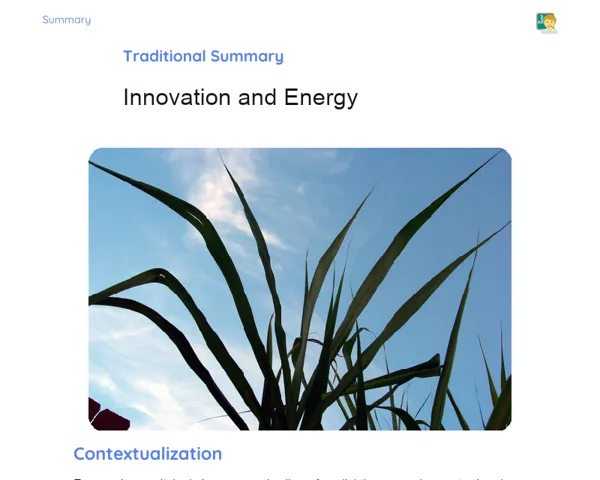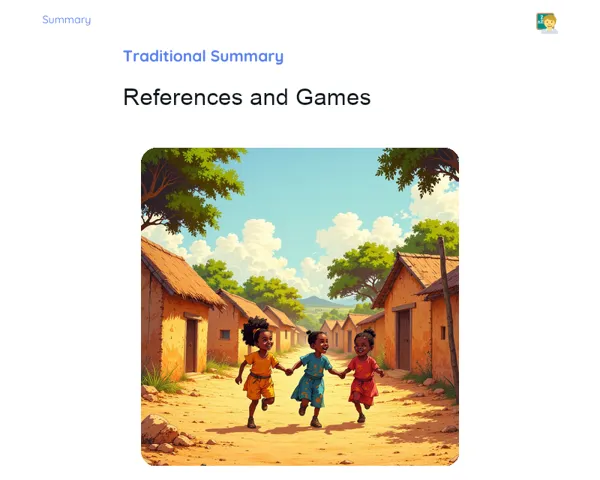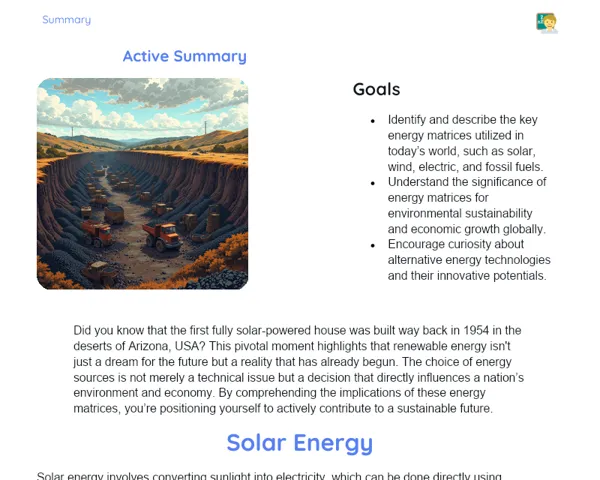Goals
1. Identify the cultural traits of social groups living in both rural and urban settings.
2. Compare the cultural and social dynamics of rural and urban areas, noting their key differences and similarities.
3. Enhance critical thinking skills by observing various environments and cultures.
4. Raise awareness about the significance of respecting and valuing the rich cultures found in both rural and urban communities.
Contextualization
Understanding the differences between rural and urban areas is crucial to grasp how people live, work, and interact with their surroundings. Cities typically have a higher concentration of services, markets, and industries, while rural areas are largely engaged in agriculture and animal husbandry. For instance, picture a farmer cultivating wheat on his land in a village and a software engineer working in a bustling IT firm in the city. Recognizing these differences allows us to appreciate the diverse cultural and social fabrics in each of these settings.
Subject Relevance
To Remember!
Cultural Characteristics of Rural Areas
Rural areas are typically linked with farming and livestock practices. The traditions and lifestyles of individuals in these regions reflect a strong bond with nature, and cultural practices are often preserved through generations. Life in villages often includes local festivals, traditional delicacies, and a close-knit community.
-
Dominance of agriculture and livestock-related activities.
-
Strong connection with nature.
-
Customs and traditions passed down through generations.
-
Tight-knit and supportive local community.
Cultural Characteristics of Urban Areas
Urban regions are marked by a high density of population and a variety of services, commerce, and industries. City life is usually fast-paced and diverse, offering a blend of cultures and influences from around the globe. Cultural events such as exhibitions, theatrical shows, and cinema outings are part of urban living, along with a wide selection of entertainment and recreational activities.
-
Higher population density.
-
Cultural diversity with global influences.
-
Extensive range of services, commerce, and industries.
-
Fast-paced lifestyle presenting various entertainment options.
Interdependence between Rural and Urban Areas
Rural and urban areas are mutually dependent and complementary. The countryside provides essential food and resources for urban populations, while cities deliver services and technological advancements that aid rural communities. This reciprocal relationship is crucial for the economy and the well-being of both sectors, illustrating how they support each other.
-
The countryside supplies food and natural resources.
-
Cities deliver services and technology.
-
Vital interaction for economic prosperity.
-
Complementary and interdependent ecosystems.
Practical Applications
-
Food produced in rural areas that caters to urban markets.
-
Health initiatives in cities that reach out to rural residents through mobile healthcare units.
-
Agricultural innovations developed in urban areas that boost productivity in the countryside.
Key Terms
-
Rural: A countryside area dominated by agriculture and animal husbandry.
-
Urban: A city area characterized by high population density and a variety of services and industries.
-
Interdependence: A mutual reliance between rural and urban spaces.
Questions for Reflections
-
How do the traditions and practices of rural and urban areas shape the lives of people?
-
In what ways does the interrelation between rural and urban sectors impact the local and global economy?
-
What challenges do individuals in rural and urban regions face?
City and Village News
Prepare a special edition of a newspaper that showcases important news and events from both rural and urban landscapes.
Instructions
-
Fold a paper into two columns: one for rural news and the other for urban updates.
-
In the rural column, craft fictional stories about cultural festivals, agricultural happenings, and community updates from villages.
-
In the urban column, create fictional stories about city events, technological breakthroughs, and social gatherings.
-
Enhance your newspaper with illustrations, magazine cutouts, or printouts to make it visually appealing.
-
Present your newspaper to the class, underlining the notable differences and similarities between the rural and urban news.



